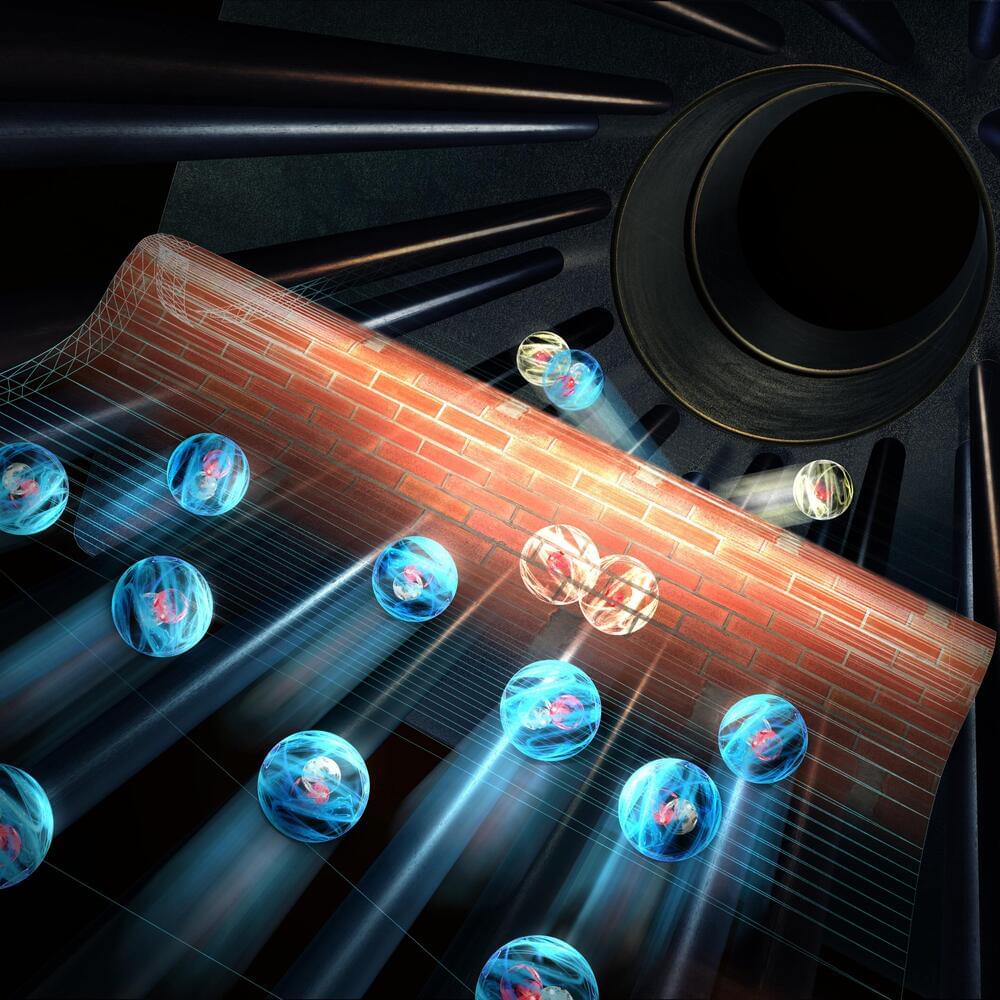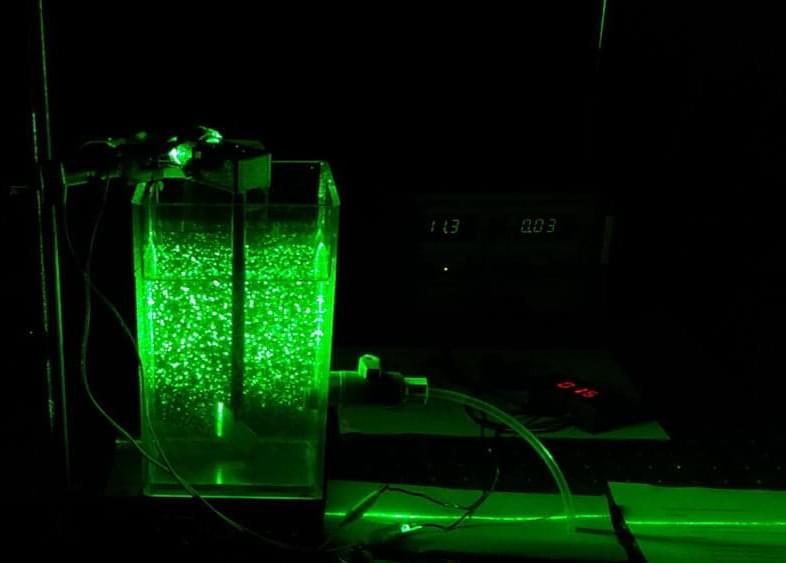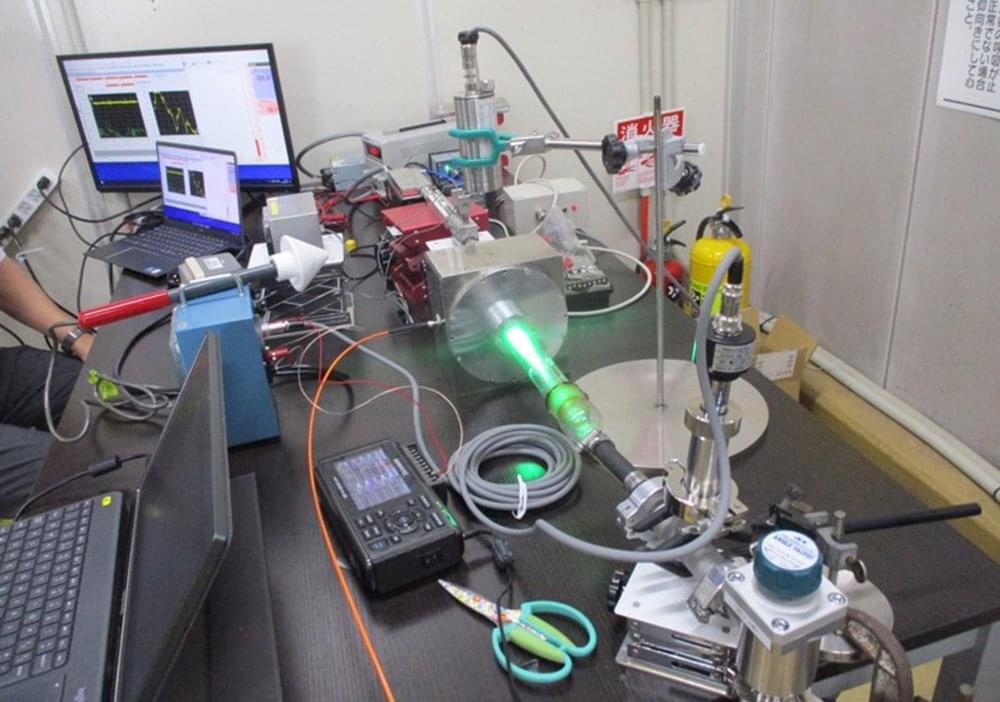Tiny insects known as sharpshooters excrete by catapulting urine drops at incredible accelerations. Their excretion is the first example of superpropulsion discovered in a biological system.
Saad Bhamla was in his backyard when he noticed something he had never seen before: an insect urinating. Although nearly impossible to see, the insect formed an almost perfectly round droplet on its tail and then launched it away so quickly that it seemed to disappear. The tiny insect relieved itself repeatedly for hours.
It’s generally taken for granted that what goes in must come out, so when it comes to fluid dynamics in animals, the research is largely focused on feeding rather than excretion. But Bhamla, an assistant professor in the School of Chemical and Biomolecular Engineering at the Georgia Institute of Technology (Georgia Tech), had a hunch that what he saw wasn’t trivial.







